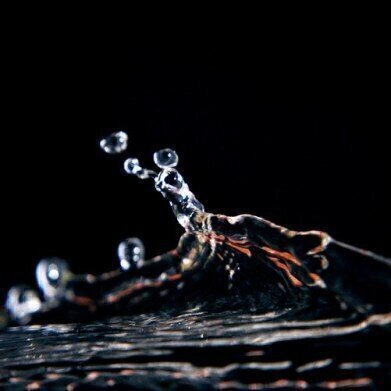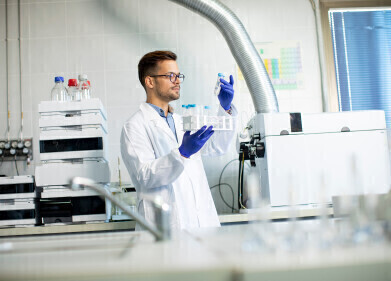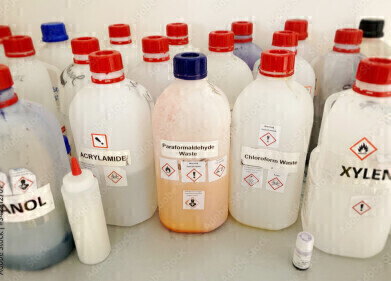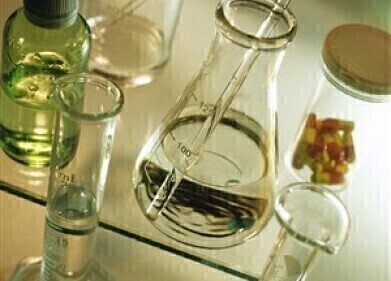Supercritical fluid (SFC), Green Chromatography
What is Supercritical Fluid Chromatography?
May 31 2019
Chromatography is constantly developing new methods and better techniques aimed at delivering better resolution, faster run times - and increasingly - more environmentally friendly processes. Traditionally gas chromatography and high-pressure liquid chromatography are the main techniques used to separate and analyse mixtures. But, there are also other techniques that are increasingly important to analytical chemists. And supercritical fluid chromatography (SFC) is one of those more recent techniques.
Supercritical fluids - a different mobile phase
It was the discovery of supercritical fluids that led to the new technique of SFC. A supercritical fluid is a description given to a material when it is at critical temperature and critical pressure for that material. These are linked to points or lines on a phase diagram - the diagrams showing the physical states of a substance at varying pressures (y-axis) and temperature (x-axis).
The critical temperature is the temperature above which a gas cannot become a liquid, and critical pressure is the minimum pressure to liquify a gas at its critical temperature. Supercritical fluids have the properties of both liquids and gases - which can be very useful to a chromatographer. A supercritical fluid fills a container and takes its shape just like a gas, its molecules move just like molecules in a gas too. But a supercritical fluid also behaves like a liquid, having a density similar to a liquid and having similar dissolving properties to a liquid.
SFC - best of GC and HPLC
Just as supercritical fluids bring together the benefits of liquids and gases, so the benefits of high-performance liquid chromatography and gas chromatography are brought together in supercritical fluid chromatography. SFC can be utilised for compounds that decompose at high temperatures - as in gas chromatography - and don’t have the traditional functional groups that can be detected by the usual liquid chromatography detectors.
SFC is a form of column chromatography - just like gas and liquid chromatography. And like any column chromatography it needs to be capable in terms of selectivity, efficiency and sensitivity. Although HPLC generally has better selectivity than SFC, SFC is good in terms of sensitivity and efficiency and has a wider range of detectors than HPLC. Compared to GC, SFC can use lower temperatures allowing more easily decomposable samples to be analysed.
Another advantage of SFC is the fact that it can use less chemicals and less toxic chemicals in its process. In SFC, carbon dioxide is the most widely used mobile phase - cleaner and safer than some of the usual mobile phases used in HPLC. For more information about SFC take a look at the following e-learning session New Era in Supercritical Fluid Chromatography.
Digital Edition
Chromatography Today - Buyers' Guide 2022
October 2023
In This Edition Modern & Practical Applications - Accelerating ADC Development with Mass Spectrometry - Implementing High-Resolution Ion Mobility into Peptide Mapping Workflows Chromatogr...
View all digital editions
Events
Apr 23 2024 Kintex, South Korea
Apr 23 2024 Seoul, South Korea
Apr 28 2024 Montreal, Quebec, Canada
May 05 2024 Seville, Spain
May 15 2024 Birmingham, UK














